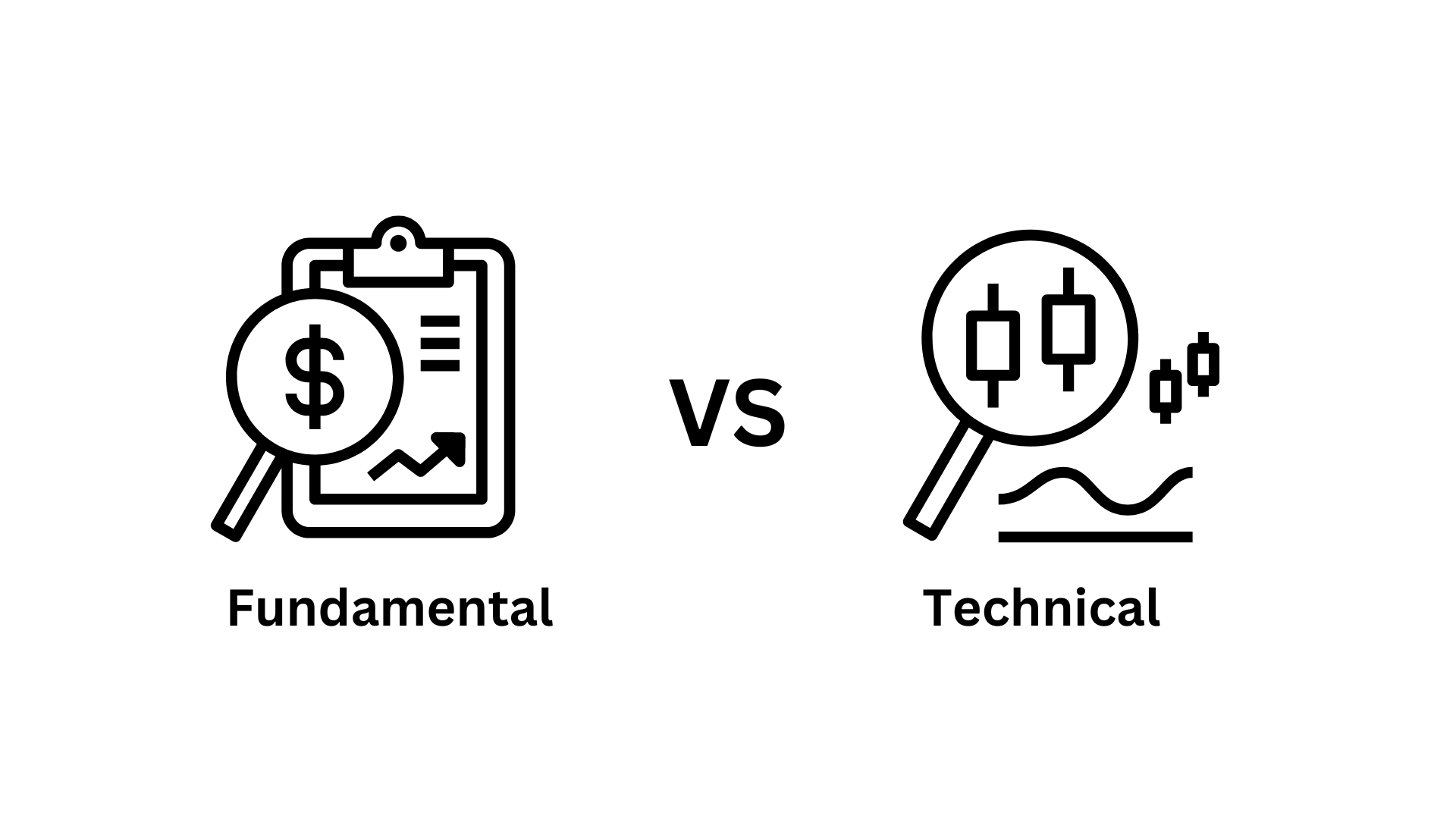Fundamental analysis plays a crucial role in determining the fair value of futures contracts by examining the underlying factors that influence the supply and demand for the underlying asset. It helps traders and investors assess whether a futures contract is overvalued or undervalued, which can inform their trading decisions. Here are some fundamental factors that can affect futures prices and how they can be analyzed:
1. Supply and Demand Dynamics:
- Example: In the agricultural futures market, factors like weather conditions, crop yields, and global demand for crops like corn, wheat, or soybeans significantly impact supply and demand dynamics.
- Analysis: Traders use crop reports, weather forecasts, and global economic data to assess the balance between supply and demand. For instance, a poor harvest forecast due to adverse weather conditions may lead to expectations of reduced supply, potentially driving up futures prices.
2. Economic Indicators:
- Example: In the financial futures market, economic indicators like interest rates, inflation, and GDP growth can affect the prices of financial instruments like interest rate futures or equity index futures.
- Analysis: Traders monitor central bank announcements, economic reports, and monetary policy decisions to gauge the overall economic health of a region or country. For instance, if a central bank signals a potential interest rate hike, it may lead to higher futures prices for interest rate contracts.
3. Corporate Earnings and News:
- Example: In the equity futures market, corporate earnings reports and news about individual companies can influence stock index futures prices.
- Analysis: Traders and investors analyze earnings reports, news releases, and corporate events to assess the financial health and outlook of companies. Positive earnings surprises or strong growth prospects for a sector can lead to bullish sentiment and higher stock index futures prices.
4. Geopolitical Events:
- Example: Geopolitical tensions, conflicts, or trade disputes can impact futures prices, especially in energy and commodity markets.
- Analysis: Traders follow geopolitical news and assess how events like trade negotiations or geopolitical crises might disrupt supply chains or affect global demand. For example, geopolitical instability in an oil-producing region can lead to expectations of reduced oil supply and higher crude oil futures prices.
5. Technological Advancements:
- Example: Technological advancements can affect futures prices in various ways, such as by increasing efficiency in production or transportation of commodities.
- Analysis: Traders track technological innovations and their potential impact on the cost of production, storage, or transportation of commodities. For example, the development of more efficient farming equipment can lead to increased crop yields, potentially affecting futures prices for agricultural products.
6. Government Policies and Regulations:
- Example: In the energy futures market, government policies regarding environmental regulations or subsidies for renewable energy sources can impact the prices of oil and natural gas futures.
- Analysis: Traders consider government policies and regulations that can influence the production, distribution, and consumption of commodities. For instance, stricter emissions regulations may increase costs for fossil fuel producers, affecting the prices of energy futures.
To make trading decisions based on fundamental analysis, traders combine information about these factors with their understanding of market sentiment and expectations. They may assess whether current futures prices are above or below what is justified by the fundamental factors, and then take positions accordingly. However, it’s important to note that fundamental analysis is often used in conjunction with other forms of analysis, such as technical analysis, to make more informed trading decisions.




